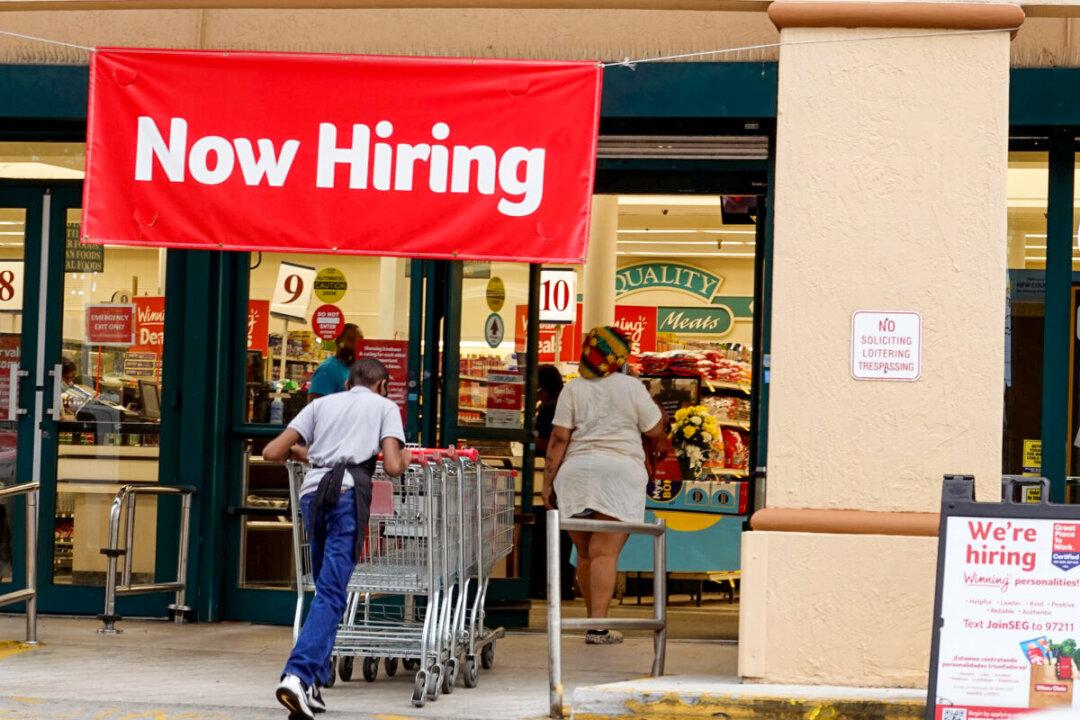The number of Americans collecting unemployment benefits declined to a 52-year low for the week ending Feb. 19, after another decline in jobless applications, according to a report (pdf) by the U.S. Labor Department on Feb. 24.
Jobless claims last week fell by 17,000, from 249,000 to 232,000, but remain above the pandemic low of 188,000 reported on Dec. 4.
The four-week average for claims, which compensates for weekly volatility, also fell by 7,250 to 236,250.Unemployment claims fell for the third straight week to 1.576 million, after rising for five weeks in a row after the Omicron variant hit this winter, disrupting businesses in many parts of the country.





